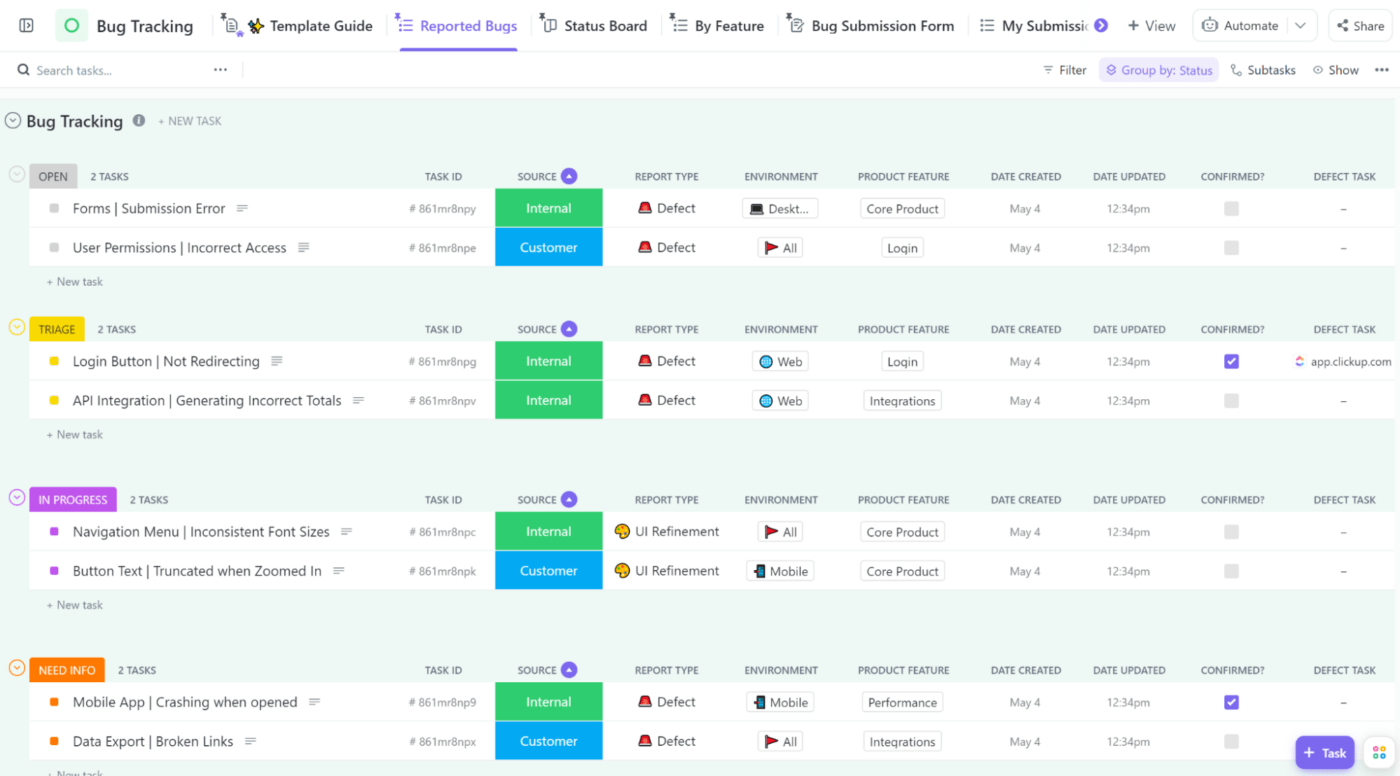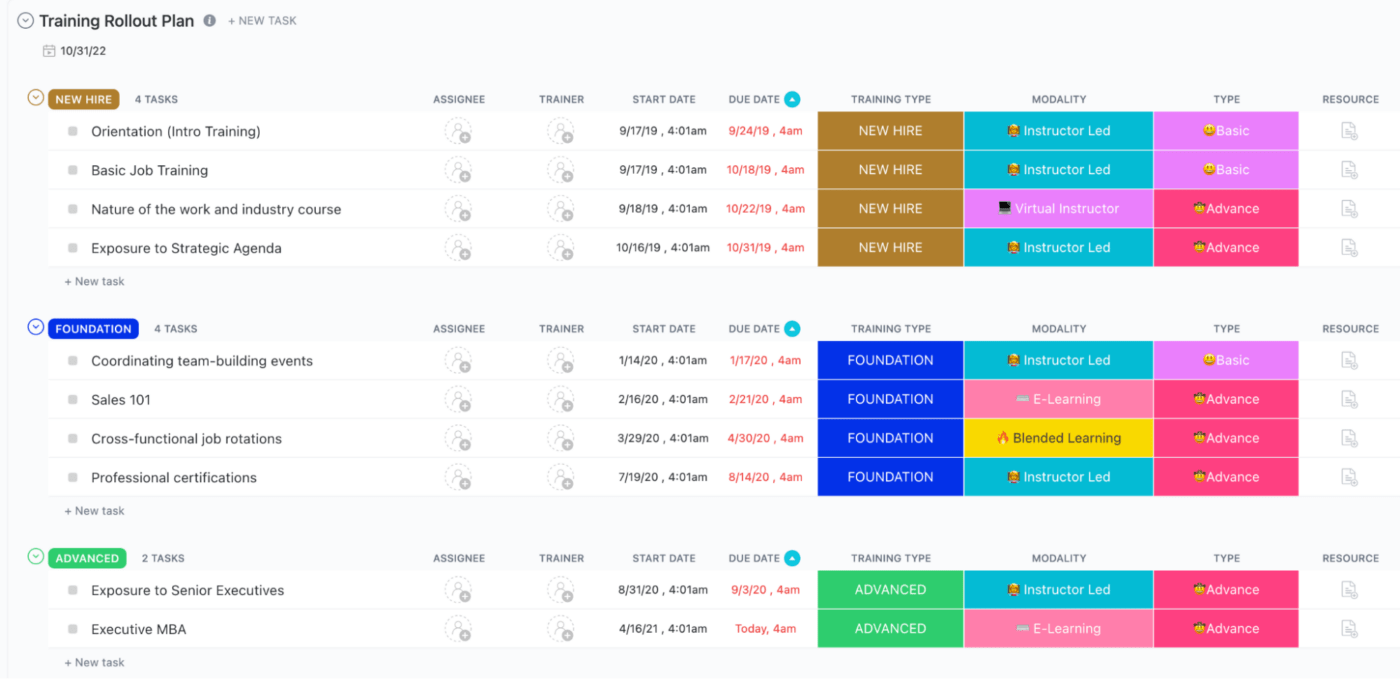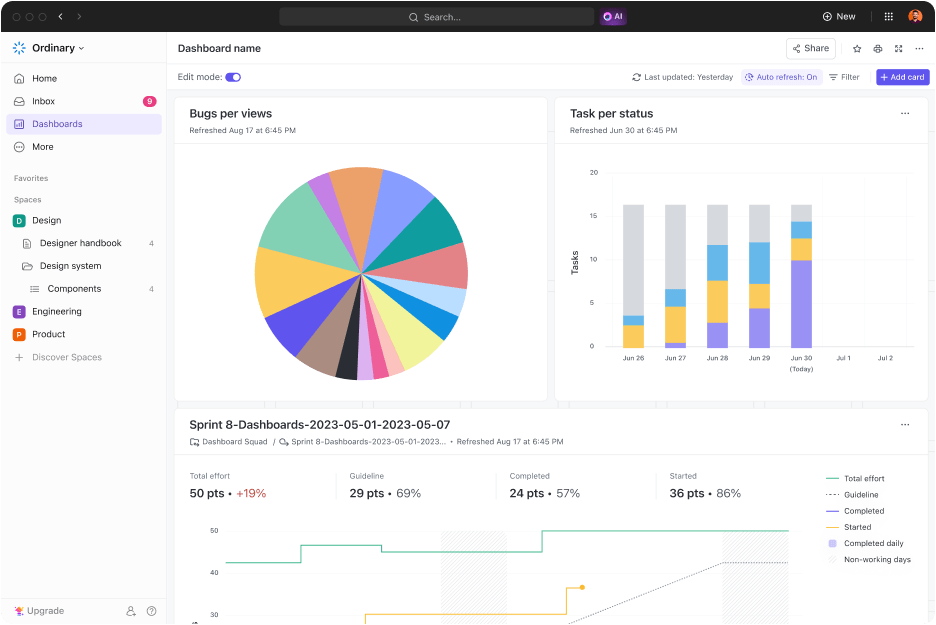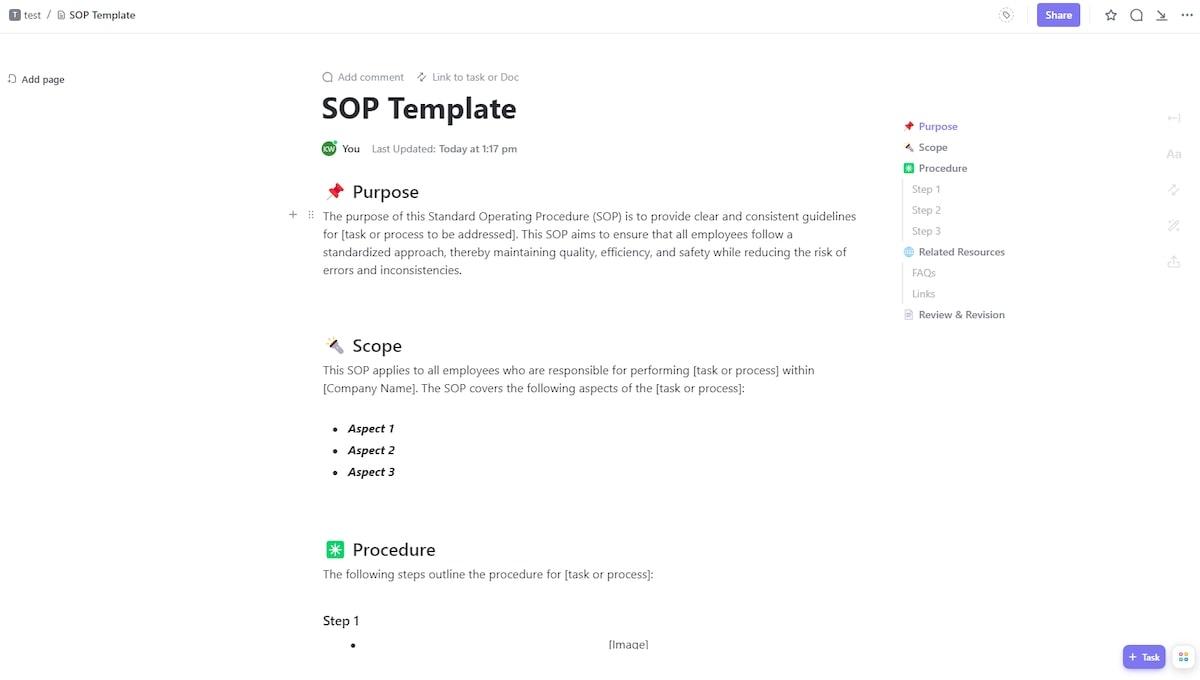DevOps Automation: Benefits, Examples, and Best Practices

Sorry, there were no results found for “”
Sorry, there were no results found for “”
Sorry, there were no results found for “”
If you want to succeed in today’s competitive software development landscape, keeping up with your customers’ needs is a must! This requires two key ingredients—speed and agility. Delivering fast software updates keeps the customers happy and helps you stay ahead of competitors.
Still, your DevOps team can work only as fast as its workload allows. That’s why DevOps automation is so important if you want your business to thrive—automating repetitive tasks takes the burden off your team’s shoulders and accelerates time-to-market for new software releases. ⚡
In this article, you’ll learn what DevOps automation entails and how your development and operations teams can benefit from it. We’ll also provide examples of processes you can automate with DevOps tools and show you how to do so easily.
DevOps automation refers to tools and technologies development (Dev) and IT operations (Ops) teams use to perform routine tasks they would otherwise have to do manually. Task automation throughout the DevOps workflow speeds up software development by minimizing human error and bottlenecks, leading to faster software delivery and improved software quality.
DevOps automation tools and practices allow DevOps teams to collaborate more efficiently and spend more time working together instead of being consumed by manual processes. This boosts productivity and results in faster and more accurate code and application deployment.
If you want to automate your project management alongside your DevOps processes, ClickUp Automations can help you do so effortlessly! You can choose from over 100 pre-built automations to streamline routine tasks, workflows, and project handoffs.
Even better, you can integrate ClickUp with your favorite continuous deployment or configuration management tool to keep all your work in one place! ✨

Automating manual tasks can do wonders for product development—the more automated processes you have, the better. Automation is especially beneficial for DevOps workflows, which are all about continuous integration (CI) and continuous delivery (CD).
Let’s explore the main benefits DevOps automation brings to DevOps teams.
Task automation has become a necessity for gaining a competitive edge in the market. The faster you deliver new features and bug fixes, the happier your customers will be.
DevOps automation facilitates CI/CD processes and helps you develop and deploy software faster, enabling more frequent and reliable releases.
Wasting time on manual processes not only demotivates your team but also takes up the time they could use for high-level tasks that truly need their attention.
DevOps automation eliminates manual work, allowing your team to focus on more creative and value-adding tasks, leading to increased workplace satisfaction.
If your DevOps teams are too busy with repetitive tasks, they have less time to communicate and strategize—two activities crucial for maintaining positive team dynamics.
DevOps automation helps increase cross-functional collaboration by allowing DevOps teams to share knowledge and brainstorm solutions to issues that come their way, promoting a culture of shared responsibility.
Automating your DevOps processes ensures routine tasks are performed the same way every time and reduces the risk of human error. As a result, you enable continuous deployment as the processes are consistent across various production environments.
On top of this, automation lets you catch and resolve issues early, enhancing the software’s quality and increasing customer satisfaction. ⭐
Reducing manual intervention brings down both the operating costs and the risk of failure.
By combining DevOps automation with continuous testing and monitoring tools, you’ll detect bugs more efficiently and recover from failures quickly.
There are three key processes you should aim to automate in your DevOps pipeline. Let’s explore each of them in greater detail!
Automating continuous integration and continuous delivery (CI/CD) is essential for producing high-quality, secure code. This will also help you meet critical business requirements on time.
You should also try to automate continuous deployment so that every change your development team makes to the software is automatically deployed to production.
By automating end-to-end testing, you’ll detect errors, bugs, and defects quickly and early in the software development lifecycle. This will enable you to release software updates more frequently, increasing user satisfaction.
To ensure you stay on top of all your bugs, their source, type, and the production environment they frequently appear in, use the ClickUp Bug Tracking Report Template. Keep all reported errors organized in a centralized location and track their resolution progress easily using Custom Fields.

Automating application monitoring makes it easier to track bugs reported through logs or Digital Engine Management (DEM).
This leads to a shorter Mean Time to Repair (MTTR), i.e., fixing the detected failures will take significantly less time. As a result, you could achieve 24/7 uninterrupted service on all devices and from all locations. 🌍
When choosing a DevOps automation tool, first identify your specific needs and analyze your software development lifecycle from start to finish. Examine your source code creation, monitoring, and deployment requirements to see which areas would benefit most from automation.
Scalability is another essential feature, so look for DevOps tools that can grow with your business. This way, the automation platform you choose will be able to handle your organization’s increasing workload, more complex projects, and additional team members.
Lastly, pick a DevOps automation tool with customizable features to fit your specific development requirements. These features include:
Choosing the right tools is just the first step to implementing DevOps automation into your workflows. To do it right, you must set clear goals, decide which tasks you want to automate, and keep your team in the loop throughout the whole process.
Let’s have a look at our step-by-step guide to kickstarting DevOps automation. We’ll also introduce some handy ClickUp tools and features to support you throughout the process! 🛠️
You can’t start automating your DevOps pipeline before determining which processes would benefit from automation. This decision relies heavily on what you want to achieve in the first place, i.e., your goals.
Using the SMART framework is a valuable method to ensure your goals are:

The quickest way to set SMART goals is to rely on a project management platform like ClickUp. This powerful software offers a ClickUp SMART Goals Template, a blueprint for organizing your goals according to the SMART framework without the need to start from scratch. 👨🏼🎓
Use the template’s Whiteboard view to brainstorm and set goals as a team and leverage color-coding to visualize your objectives.
Modify the template by changing colors or using different shapes to suit your needs. You can also track the progress of your goals through Custom Fields in various List and Kanban Board views.
The automation tools you decide to use will only be effective if your team knows how to use them properly. Invest some time into training your DevOps team so they can get comfortable working with the new tools. This will help the DevOps pipeline run more smoothly and improve cross-functional team collaboration.

Streamline this learning process with the ClickUp Training Rollout Plan Template, a handy resource for organizing and monitoring employee training. Use it to split the training process into manageable sections with specific due dates. This will ensure the team is well-prepared to start using the tools within a predetermined time frame. 🏋️♂️
Use the Custom Fields within the template to specify:
Effortlessly track progress with the automatic progress bar and keep yourself in the loop about how much training is left until your team is ready to work with the DevOps automation tools.
Successful DevOps automation highly depends on effective communication between those who will rely on it the most—your software development and IT operations teams. This is why it’s essential to encourage a culture of collaboration and shared responsibility between all teams involved in the software development process.
Teams should feel comfortable sharing ideas, asking questions, and being open about the challenges they face. This promotes continuous learning and increases the chances DevOps automation will achieve its purpose.

ClickUp offers several collaboration features that support creative problem-solving, real-time communication, and task-related discussions. These include:

Implementing version control into your workflow can help you track source code changes and revisit previous code versions if needed. It also makes your code more consistent across the software development and deployment processes. You can use a version control system to manage your scripts, configurations, application code, and infrastructure code.
Continuous improvement is vital for successfully implementing DevOps automation. Therefore, it’s crucial to monitor and evaluate your efforts to see if the automation meets your expectations and identify potential areas for improvement.
This can be done easily by continuously monitoring and analyzing crucial metrics that will help you refine your implementation approach over time. For the best results, observe your software’s:
Collect and visualize metrics so you can effectively pinpoint and address issues. Visualizing your metrics is best done through line, pie, and bar graphs, all available in ClickUp Dashboards! Use it to closely examine the effect DevOps automation has on your productivity and progress.
Burndown charts show how much work is left, while Burnup charts illustrate the work completed so far. This will help you determine if the automation of certain processes truly streamlined your DevOps pipeline. 📊

To cultivate a continuous improvement mindset, you must first identify the processes that could benefit from improvement. Analyzing the data you’ve gathered during the monitoring stage will help you detect bottlenecks and defects, allowing you to work on improving them in the future.
Ensure your process improvement is successful by documenting the details of your process improvement plan using the ClickUp Continual Improvement SOP Template. This handy tool comes with separate sections that let you outline:
Ensure your team is involved in the improvement plan by answering any questions and providing additional resources in the Related Resources section. Wrap up by reviewing the pain points to keep everyone on the same page. 📖

Security and compliance practices should be a part of your DevOps automation process from day one. Ensure you implement vulnerability assessments, security scanning, and security testing into your CI/CD pipelines. With continuous security measures in place, you can identify defects early in the development process and address them promptly.
Implementing DevOps automation is an elaborate process involving multiple moving parts, and it can’t be achieved overnight. However, with the proper DevOps automation tools in your team’s hands, you’ll be one step closer to success.
Automation is all about saving time and boosting productivity, but so is ClickUp! Get started with DevOps automation easily by signing up to ClickUp for free. Use its powerful project management features to set goals, communicate effectively, and track your product’s progress throughout the entire DevOps pipeline with minimal effort and maximum effect. ✌
© 2025 ClickUp